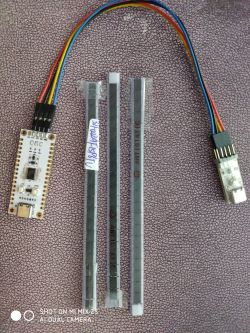jarekgol wrote:piotr_go wrote:what does it mean?in LCSC they have C19
Flu v4.xx
Czy wolisz polską wersję strony elektroda?
Nie, dziękuję Przekieruj mnie tamwitawat57 wrote:How to download the program to mcu PY32F002A in Windows?
witawat57 wrote:Can st-link V2 be used?
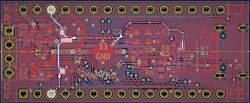

source [find interface/cmsis-dap.cfg]
source [find target/swj-dp.tcl]
source [find mem_helper.tcl]
adapter speed 270
swd newdap puya cpu -enable
dap create puya.dap -chain-position puya.cpu
target create puya.cpu cortex_m -dap puya.dap
flash bank puya.flash puyaf0x 0x08000000 0x8000 0 0 puya.cpu
init
{
"version": "0.2.0",
"configurations": [
{
"name": "Cortex Debug",
"cwd": "${workspaceFolder}",
"executable": "${workspaceFolder}/build/puya_playground.out",
"request": "launch",
"type": "cortex-debug",
//"breakAfterReset": true,
"runToEntryPoint": "main",
"servertype": "openocd",
"configFiles": [
"openocd.cfg"
],
},
{
"name": "pyOCD",
"cwd": "${workspaceFolder}",
"type": "cortex-debug",
"request": "launch",
"executable": "${workspaceFolder}/build/puya_playground.out",
"servertype": "pyocd",
"targetId": "PY32F030x6",
"svdFile": "CMSIS/Device/PY32F0xx/py32f030xx.svd",
"svdPath": "CMSIS/Device/PY32F0xx/py32f030xx.svd",
"showDevDebugOutput":"none",
},
]
}
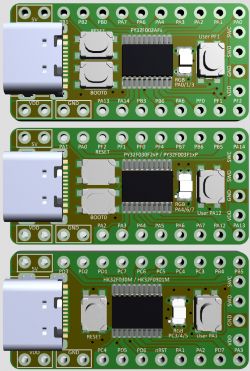
dabyd64 wrote:Do they have embedded bootloader?
What software to use?

Quote:
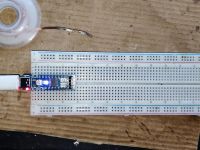 IMG_20230630_202656_1_1280x960.jpg
Download
(322.81 KB)
IMG_20230630_202656_1_1280x960.jpg
Download
(322.81 KB)
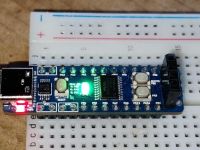 IMG_20230630_202624_1_1280x960.jpg
Download
(219.1 KB)
IMG_20230630_202624_1_1280x960.jpg
Download
(219.1 KB)
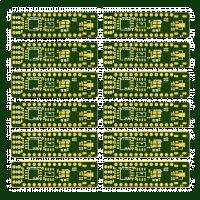 PY32F002_GERBER_6x2_PANEL_Bottom.png
Download
(392.08 KB)
PY32F002_GERBER_6x2_PANEL_Bottom.png
Download
(392.08 KB)
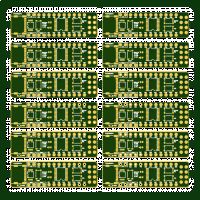 PY32F002_GERBER_6x2_PANEL_Top.png
Download
(450.1 KB)
PY32F002_GERBER_6x2_PANEL_Top.png
Download
(450.1 KB)
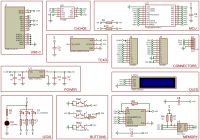 PY32F002_SCH.png
Download
(114.98 KB)
PY32F002_SCH.png
Download
(114.98 KB)
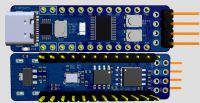 PY32F002_3D.png
Download
(224.92 KB)
PY32F002_3D.png
Download
(224.92 KB)
